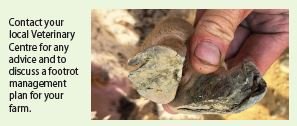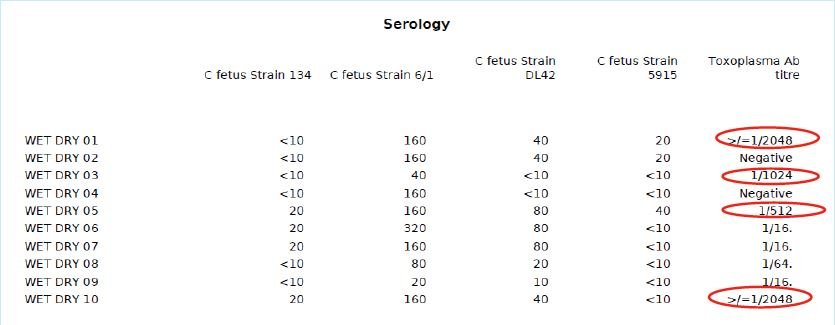Life after Capsules ... the results are in!
/Last lambing season was the first when farmers no longer had the option of using Bionic CRC drench capsules. Farmers were forced to look at other options, so we have conducted an extensive survey to see how clients who previously used Bionic capsules managed.
The questions asked included the following;
What did you do instead of using Bionics?
How do you rate your ewe performance?
How do you rate your lamb performance?
Was the dag score any different?
If Bionics became available, would you use them again?
Discussion
It is important to recognise this survey represents anecdotal comments from farmers, and this is not a scientific document. However several trends emerged.
It is really encouraging to hear how many farmers now use targeted worm control programmes, with a mix of long acting injection, oral triple drench, or no drench at all, combined with a range of mineral supplement options. And these decisions are based on real information – age, body condition, twins, pasture contamination, laboratory tests, feed available, etc.
Most farmers who used long acting injections (Cydectin LA, Exodus LA) to replace Bionics saw similar lamb numbers produced and similar lamb live-weights, and similar ewe losses to previous years.
Many farmers who went from Bionics to a selected oral drench only, were happy with the season’s production, though this was confused by the associated use of minerals such as Smartshot B12.
Farmers who used Cydectin LA or Exodus LA reported little change in dag score. Most clients who changed to a single oral drench or no drench reported increases in dags, while also noting the season “dried out” and dags were not really a problem.
Many farmers reported excellent feed availability during the 2023 tupping, and felt this was the main factor holding their production up. (Certainly, it was a kind season, with heavier ewe tupping weights, -and lots of bearings out!)
Despite acceptable results without Bionics, many farmers still said they would use some if they were available. Several comments reinforced the desire for long term worm control and cobalt and selenium supplementation in a single delivery system, in selected groups of ewes.
Resistance Monitoring
Worm egg counts 50-80 days after long-acting injections (“leakage”). For many years we have monitored faecal egg counts from ewes treated with Bionics, 60-90 days after insertion, to monitor their effectiveness, keep a check on emerging drench resistance, and make recommendations when exit drenching was required. These egg counts have generally stayed variable, but low, over many seasons of Bionic use.
It was unexpected to find this egg “leakage” was lower this year after long acting injections – 75% of all samples tested had zero or less than 50 epg, and only one test had more than 300 epg (further resistance testing followed this case). We had expected long acting moxidectin injections to show higher egg counts, in the knowledge that its length of action against Trichostrongylus worms was much shorter than Bionic capsules.
Veterinary Summary
So far we have proved we are not reliant on Bionic capsules.
Long acting moxidectin injections appear to be fairly equal in their performance in the field.
Most farmers have taken a hugely responsible attitude with their selection of options for targeted worm control programmes.
Long acting moxidectin injections are still performing as a valuable option in select groups of animals-lighter ewes bearing multiples, under feed pressure, etc.
If long acting injections are used, egg counts should be done 60-80 days after treatment, an essential part of product stewardship for future options.
Provision of adequate levels of high quality feed is the number 1 requirement for sound production-last season proved that!
It is likely the favourable season hid some of the increase in dags most of us were expecting to see.
A HUGE THANK YOU TO THE MANY CLIENTS WHO SO WILLINGLY PROVIDED THIS INFORMATION. IT IS BECAUSE OF YOU WE ARE ABLE TO ENHANCE OUR LOCAL KNOWLEDGE, AND MAKE BETTER RECOMMENDATIONS FOR STOCK HEALTH AND PRODUCTION.









